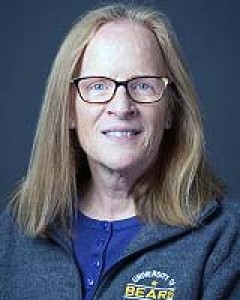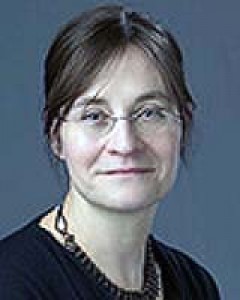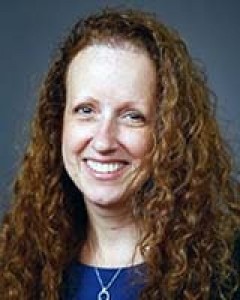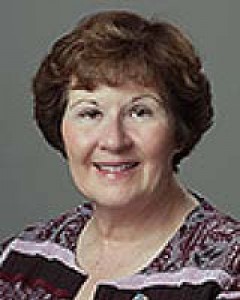Now published, see the full article 
Early Abstract:
Background: Increasing numbers of older adults are residing in rural areas of the United States. Many of these individuals experience greater rates of chronic diseases and lower income levels compared to their urban-residing counterparts. Aging in rural environments creates greater challenges in the provision of funding, staff and resources to meet the needs of these older adults, and contributes to immense health disparities and health inequities. Urban and rural older adult residents alike need healthcare, gerontological and public health resources to promote successful aging in place. Due to the nature of rural environments, many of these resources often exist great distances from these residents which creates access challenges. There are also limitations in locally available facilities and trained practitioners, resulting in resource shortages for addressing chronic health conditions. The creation and use of interdisciplinary partnerships provides this much-needed support while addressing ever-increasing funding and staffing limitations.
Purpose: This paper provides an innovative conceptual interdisciplinary partnership model that combines nursing, public health, and gerontology to address the health and social challenges that rural-residing older adults face.
Partnership Integration: Although well-trained practitioners who work within their discipline are an important contributor to assist with the needs of rural-residing older adults, this silo approach is expensive, inefficient, and clearly cannot support all of the needs for older adults in this type of environment. There is a need to blend the complementary skills provided by each of the presented disciplines so that the focus of the interdisciplinary partnership is on person-centered care addressing the health disparities and health inequities experienced by these older adults.. To illustrate the integration of nursing, public health and gerontology disciplines, these disciplines are initially combined and presented as dyads, and are then incorporated into the full conceptual model. The dyads are: 1) Public Health and Gerontology, 2) Public Health and Nursing, and 3) Gerontology and Nursing. Steps are provided for the development of this (or any) interdisciplinary partnership. An example of the model’s use through clinical and non-clinical disciplines and a community engagement framework is also described.
Summary: Interdisciplinary approaches focused on person-centered care provide more well-rounded health and social support for rural older adults than any one discipline in isolation. Allocation of shared resources, roles, responsibilities and expenses allows practitioners engaged in interdisciplinary teams to provide superior economic and capacity efficiency. This efficiency is crucial at a time when many entities experience limitations in sustainable resources. Thus, practitioners and community agencies collaborating through interdisciplinary partnerships are better able to address the complex issues experienced by rural-residing community members.





